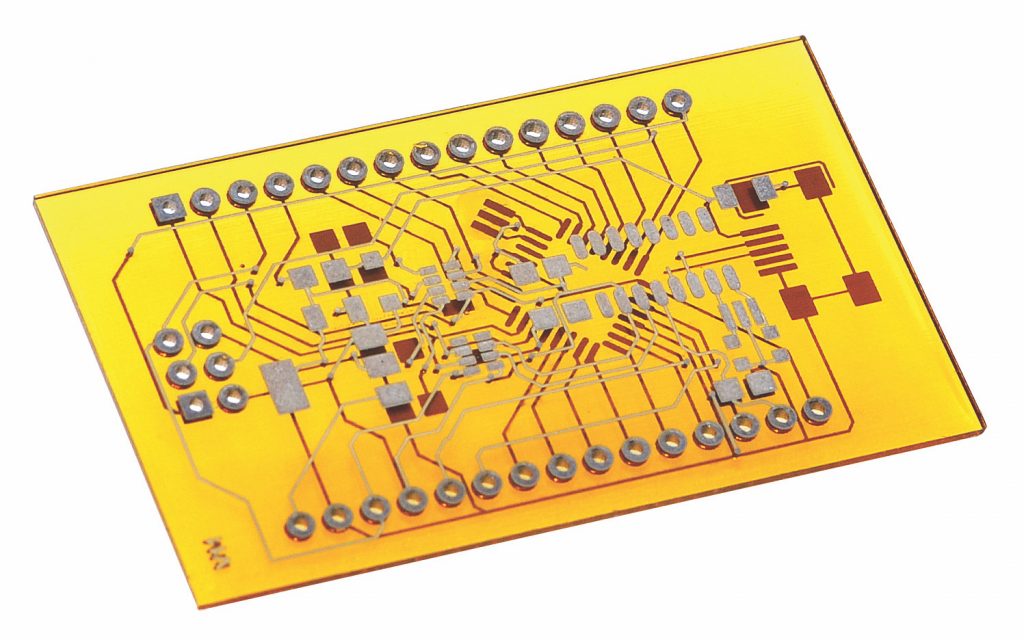Israeli electronics 3D printing company Nano Dimension (TLV:NNDM) has reported its preliminary results for the second quarter and first half of FY2019. Still subject to potential changes at period-end financial reporting and post-review, revenue is expected to be between $1 million and $1.2 million for Q2 2019, compared to $1 million in Q2 2018. For H1 2019, the company is expecting a revenue within the region of $2.7 million and $2.9 million, compared to the first half of 2018 which reported a revenue of $1.7 million.
Despite the expected revenue increase in H1 2019 over H1 2018, the reported results are still below management’s expectations, and company CEO Amit Dror has said he is “disappointed” with the outcome. “The company has taken several actions to change that,” Dror added in a statement.
“I believe that in the second half of 2019 we will present better results.”
In a corporate update one of the actions described by Dror is the decision to cut operating expenses by making approximately 20% of its current staff redundant. This move will support the launch of a new 3D printer in the DragonFly family in the coming weeks. In filings to the Tel Aviv Stock exchange the company has also decided to retain American investment banking company Stifel as advisor to conduct a review of strategic alternatives.
In one further movement Simon Fried, Nano Dimension’s CBO and Co-Founder, has stepped down from his executive role, though he plans to remain on the Board of Directors.

A transformation in 3D printed electronics
Nano Dimension was founded in 2014 and is headquartered in Ness-Ziona Science Park, Israel. Its first DragonFly 2020 PCB 3D printer hit the market in 2017, and the company has since upgraded this model with the larger DragonFly 2020 Pro. Over the past few years, the company has made several deals with businesses and service bureaus to unlock the potential applications of its technology. Most recently, in June 2019 the company confirmed a contract with German sensor technology specialists Hensoldt to help accelerate the company’s product development cycle. In November 2018, the company also submitted an SEC Filing with the hopes of raising $28.8 million in funding to help finance its ongoing growth.
Continuing its focus on adoption Dror said “the sole purpose” of the company’s next moves will be to expand “its customer use cases from prototyping to production,” a move foreseen by Fried who described, in a prior interview with Industry, the similarities between the genesis of polymer and metal 3D printing to where electronics 3D printing is now. “There is an existing narrative for the adoption of polymer and metal AM in the mechanical space,” commented Fried, “over the last 10/15 years 3D printing has evolved from a novelty technology to an indispensable driver of innovation in industries that haven’t seen transformational change in decades,”
“This same journey is now underway for the electronics industry.”
One of the first actions to be made by Nano Dimension will be the launch of a new 3D printer. According to Dror, the new system has been in development at Nano Dimension for the past year “in close cooperation with select customers.”
Though no exact details have been given yet, “This new 3D printer,” Dror adds, “delivers substantial performance improvements and mission critical features that were developed in direct response to customer needs.” In addition, he states, “The new system is expected to significantly increase the value for our existing and targeted customers and fuel further revenue growth as we expand our end user universe and use cases.”

Q2, H1 2019 financial results continued
In Q2 2019 Nano Dimension sold five DragonFly 3D printers, taking the total sales for H1 2019 up to twelve. Worldwide, the company has to-date sold a total of forty-three DragonFly 3D printers. The company ended the second quarter of 2019 with approximately $5.2 million in cash on its balance sheet, mainly attributed to an increase in inventory.
With regard to its review of strategic alternatives, the company has released a statement saying, “There can be no assurance that the exploration of strategic alternatives will result in a transaction. The company has not set a timetable for the conclusion of its review of strategic alternatives, and it does not intend to comment further.”
Concluding the company’s most recent corporate update, Dror added, “We believe that the combined actions we have taken position the company’s products and structure better for sustainable growth,”
“We strongly believe in our technology, which is second to none, and in the disruptive changes it is leading in the electronics industry.”
More news is expected to come from the company soon.
For all of the latest additive manufacturing business news as it unravels subscribe to our newsletter, follow us on Twitter, and like us on Facebook. Find talent for a project, or advance your career in 3D printing – join Jobs to apply and advertise.
Featured image shows a 3D printed conductive spiral within a non-planar component on Nano Dimension’s dragonfly logo. Photo via Nano Dimension

Leave A Comment